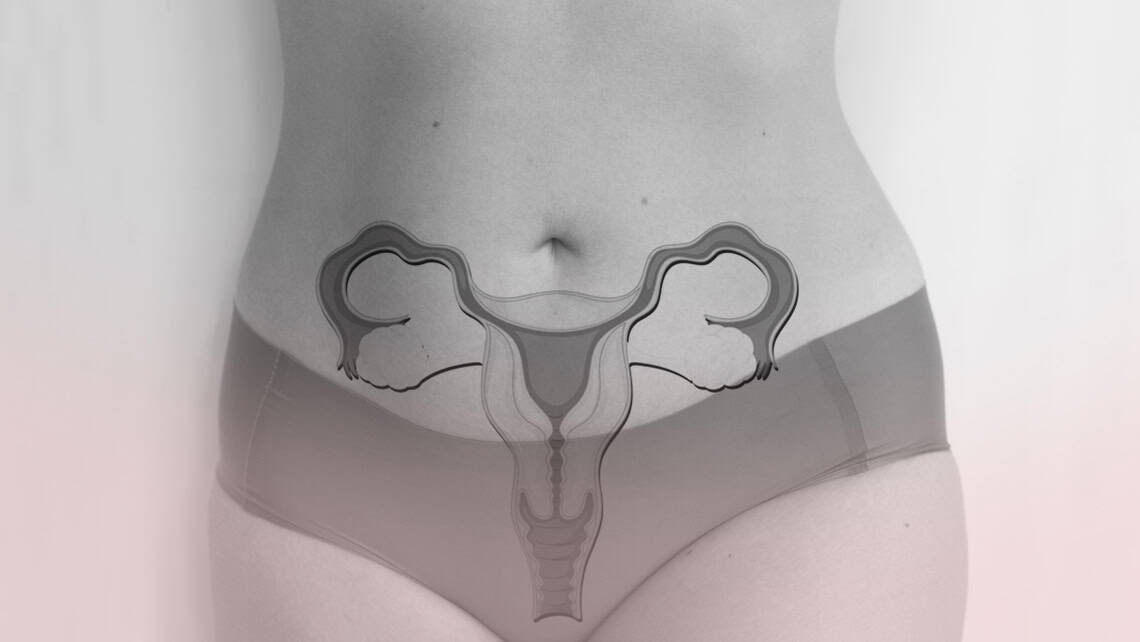
Complementary or add-on treatments in cases of low ovarian reserve
Low response to ovarian stimulation is a medical challenge, as the number of oocytes retrieved is a key factor in the success of in vitro fertilisation.
Low ovarian response is considered to be when fewer than 4 oocytes are obtained. In this situation, the reproductive prognosis may be limited, but we know that every oocyte counts. Even small improvements in the number of eggs retrieved can make a difference in the likelihood of pregnancy in certain patients.
In recent years, so-called complementary treatments or ‘add-ons’ have emerged, which aim to optimise results in women with low ovarian response.
WHAT ARE ADD-ONS?
Add-ons are complementary treatments that are added to the usual ovarian stimulation protocol. They can be applied before or during the process in order to try to increase the number of oocytes retrieved in this group of patients.
Among the most studied are:
● Drugs intended to increase the concentration of androgens in the ovary: DHEA, testosterone, letrozole.
● Protocols to improve follicle synchronisation: oestrogens, combined contraceptives or Gn-RH antagonists.
● Growth hormone (GH or somatotropin).
● Antioxidants such as coenzyme Q10.
● Regenerative medicine, such as intraovarian platelet-rich plasma (PRP).
WHAT DOES THE SCIENTIFIC EVIDENCE SAY?
Many of these treatments seem promising, but the scientific evidence is not yet strong enough to confirm their actual usefulness.
Androgens are the most studied. Some authors have published an improvement in ovarian response and pregnancy rates. However, the results are contradictory due to the variability of doses, the type of androgen used and the duration of treatment.
For some adjuvants, the available studies are very limited and with a very small number of patients, which makes the conclusions inconsistent. This is the case with the use of antioxidants or growth hormone. In the case of the latter, moreover, caution is advised, as it is not without possible risks or side effects.
The most recent research focuses on regenerative medicine, in particular the use of platelet-rich plasma (intraovarian PRP). Some studies suggest that it may increase the number of oocytes in young women with low response, although well-designed clinical trials are needed to confirm these findings.
What we do know is that so far no treatment is able to reverse the effects of age on oocyte quality, a factor that discourages the indiscriminate recommendation of these add-ons.
At the Instituto Bernabeu we are studying how some of these adjuvants can be customised for certain groups of patients, taking into account their individual characteristics or even certain genetic variants.
CONCLUSION
As the scientific evidence consolidates, our recommendation is to offer those treatments that can provide a benefit, always prioritising patient safety. For this reason, each case is carefully evaluated by our medical team before recommending any intervention.
Dr Ana Fuentes, Director of the Low Reserve Unit at Instituto Bernabeu
